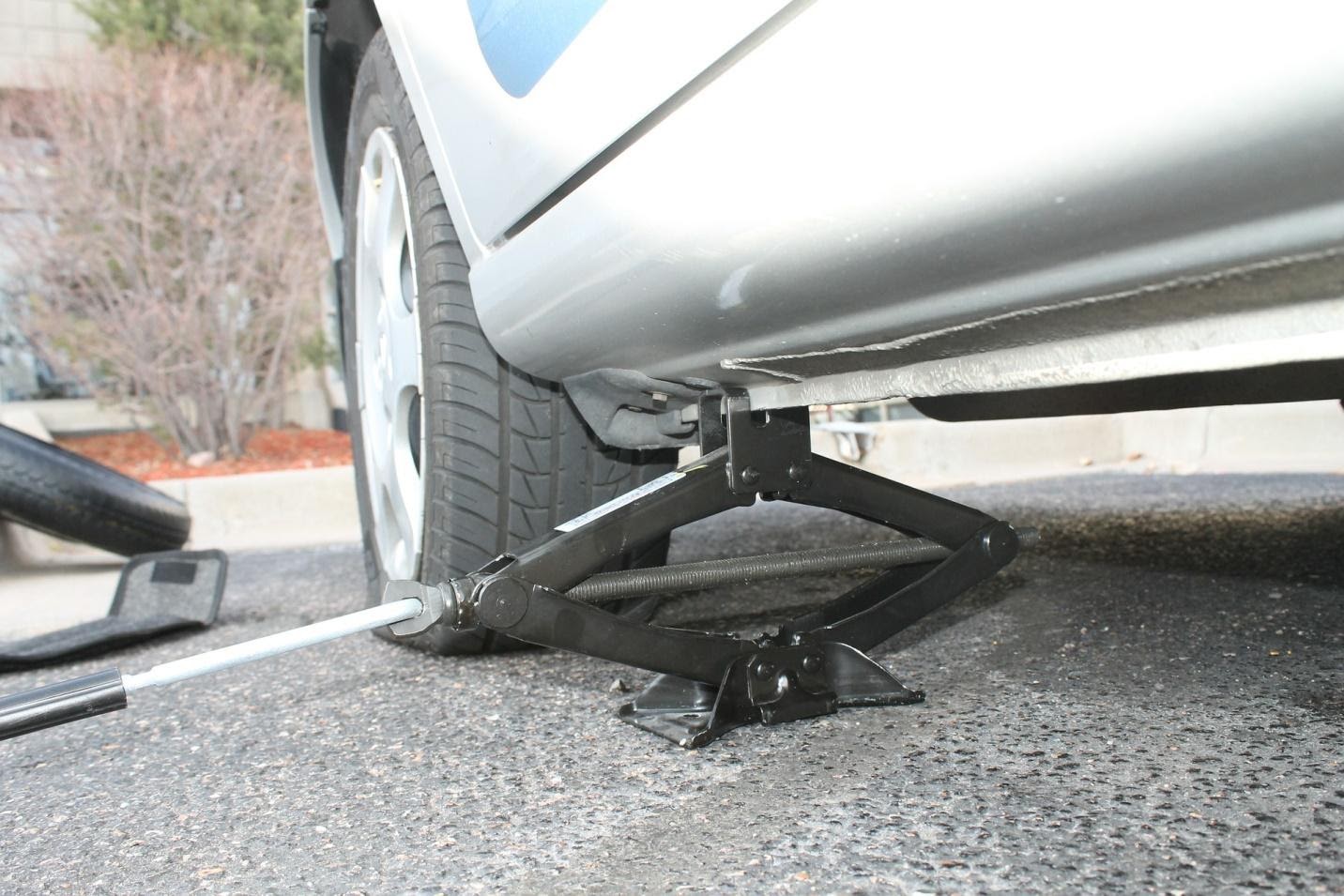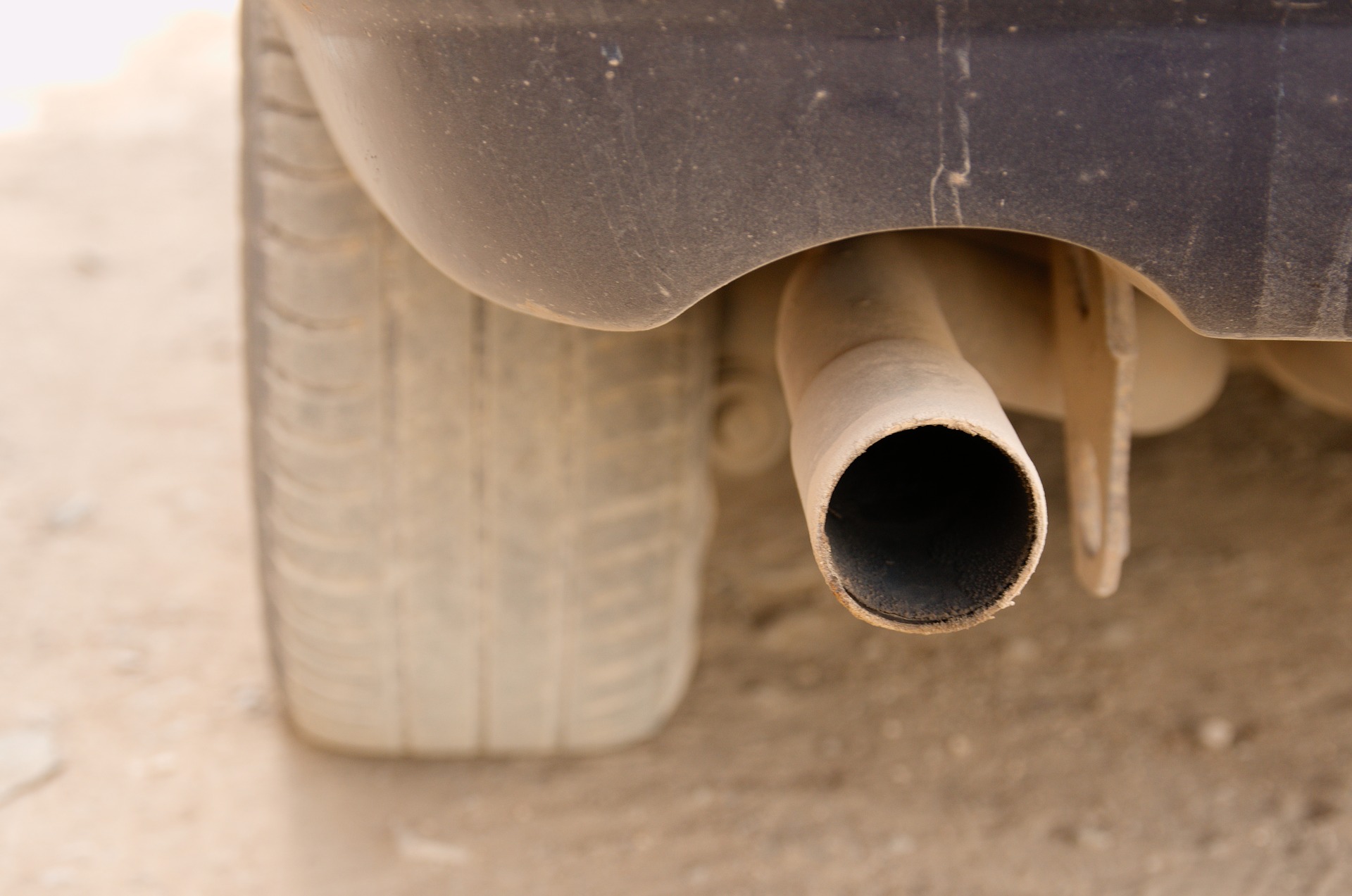Table of Contents
When you get a new car, all you want to do is hit the road and enjoy it. Ok, maybe show it off a bit as well. We get it. It’s exciting. You get behind the wheel, and you suddenly feel freer and happier. Let’s see about basic things every car owner should know.
Unfortunately, even with a brand new car, you’re going to start having some mechanical issues at some point. You’d think that with the amount of money we spend on car payments, maintenance, and repairs, we’d know more about cars, but we don’t.
Granted, there’s so much to learn – all the different parts, what they do, how they work, guidelines, things that can go wrong – it can get quite overwhelming.
Look, you don’t have to be an automotive engineer to drive a car, but there are a few basic things about cars everyone should know.
Year, Make, and Model
The year your car was built, the make and model are the first things you should know. This may sound obvious, yet you’d be astonished how many car owners don’t know. Most often, they make mistakes in regards to the year, which leads to further problems when buying the rights parts, accessories and fluids.
From year to year, the design and build of a car can change significantly, which includes the parts you need to replace.
VIN
You can think of the VIN or Vehicle Identification Number as your car’s fingerprint that stays with it for the duration of its life. It’s a 17-digit number that identifies your car’s production date, location, make, model, and engine size, among other things.
You don’t need to memorize your car’s VIN. It’s enough to know where to find it – usually on the driver’s side, on the lower corner of the dashboard, in front of the steering wheel. You can read it from the outside if you look through the windshield. It may also appear in different places, such as the front of the engine block.
Knowing where to find the VIN is useful when you want to buy a car, buy parts for it or when you’re dealing with insurance companies or mechanics.
Maintenance Schedule
Your best bet for maintaining your car in good condition is to adhere to the manufacturer’s recommended maintenance schedule. It will tell you when you need to change the oil, check the fluids or rotate the tires.
The schedule will also depend on the year, make and model, which is why it’s best to follow the manufacturer’s recommendations. You’ll usually find the schedule in the owner’s manual. If not, it’s probably in a separate booklet that comes with it.
Tyre Pressure
Tire pressure is possibly the most overlooked aspect of auto maintenance. Probably because putting air in your tires is not exactly a fun way to spend your time. You see the light pop up on your dashboard, and like many of us, you decide to wait until you need to get gas. Then, when you do go to the gas station, you’re either in a hurry, or you don’t feel like it.
But this habit will increase your chances of getting a flat or a blowout, and your tires will wear out faster. It’s nice to know that you can get mobile tyre service, so you don’t need to worry about getting stuck on the side of the road, but tires are expensive, and if you take care of them properly, you can save your hard-earned money. On the other hand, you also don’t want to overfill your tyres.
Spare Tyre
Since we’re on tyres, it’s also a good idea to familiarize yourself with the intricacies of changing a tyre. First, you need to know where to find the tools you need.
The actual process of changing it is not that difficult. You can look up some video tutorials online. What requires some effort is handling the entire weight of your car but that what the jack is for. You may need to try it a couple of times before you build up your confidence, but then you’ll be fine.
Engine Light
Maybe you tend to get anxious whenever you see the dashboard lights turn on, but they’re there to give you insight into the state of your car.
The colours and their meaning can vary between manufacturers, so once again, you’ll want to consult your trusty owner’s manual.
Usually, you can separate them into three categories: red is serious because it has to do with safety, yellow shows a problem that should get checked as soon as possible, while green or blue shows that something is activated.
Engine Oil
Many believe the purpose of engine oil is to maintain proper combustion. They completely overlook the fact that the oil also contributes to lubricating, cooling, and cleaning the engine. This means that using the incorrect grade and quantity of engine oil results in three undesirable outcomes – thermal degradation, oxidation and compressive heating.
This will increase the friction between critical engine components and lead to more wear and tear, more visits to the mechanic, more repairs and more money spent unnecessarily. One thing that every car owner should know is how important it is to get the oil grade recommended by the manufacturer and stick to the replacement intervals.
Vehicle Fluids
And it’s not just the engine oil that needs to be replaced at regular intervals. The manufacturer will also provide you with instructions on other fluids that need to be topped up or replaced, such as brake fluid, coolant, power steering fluid and windshield washer fluid.
Emergency Roadside Kit
Cars sometimes break down. If you take good care of yours, hopefully, this won’t happen, but it’s better to be prepared with an emergency kit.
An emergency kit should include:
- First aid kit
- Utility tool
- Fire extinguisher
- Reflective warning triangles
- Jumper cables
- Tire Gauge
- Foam tire sealant
- Flashlight with extra batteries
- Tow rope
- Gloves
- Rags
- Umbrella
- Raincoat
- Warm blanket
- Drinking water
Understanding these basic bits of information will help you feel more in control of your car and make better decisions when it comes to its maintenance. But this is just a first step. Now, take out your maintenance manual and keep reading.




